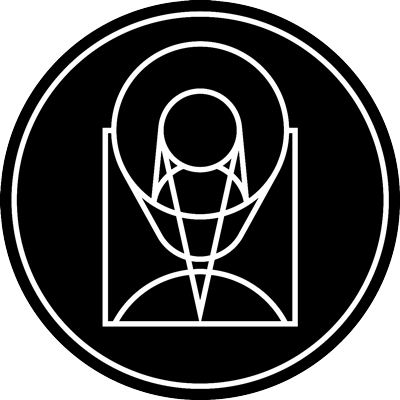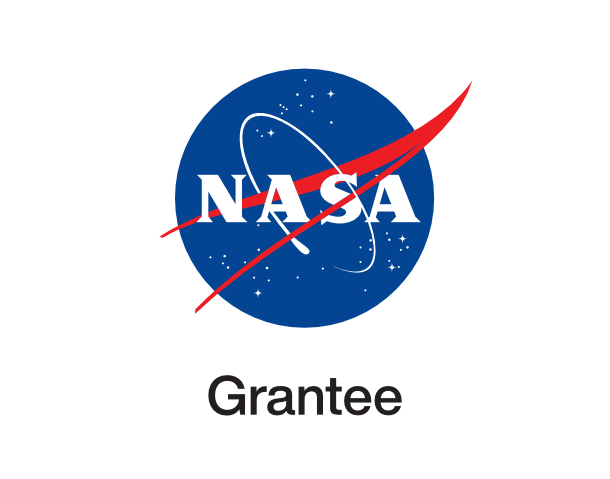Gravitational Lensing in Galaxy Cluster Abell 370

stsci_2009-25ao September 9th, 2009
Credit: NASA, ESA, and the Hubble SM4 ERO Team
NASA's Hubble Space has peered nearly 5 billion light-years away to resolve intricate details in the galaxy cluster Abell 370. This object is one of the very first galaxy clusters where astronomers observed the phenomenon of gravitational lensing, where the warping of space by the cluster's gravitational field distorts the light from galaxies lying far behind it. This is manifested as arcs and streaks in the picture, which are the stretched images of background galaxies. Gravitational lensing proves a vital tool for astronomers when measuring the dark matter distribution in massive clusters, since the mass distribution can be reconstructed from its gravitational effects. Galaxy clusters are the most massive structures of the universe, located at the crossing of the filaments of the cosmic web of dark matter. The most massive clusters can contain up to 1,000 galaxies and intergalactic hot gas, all held together primarily by the gravity of dark matter.
Provider: Space Telescope Science Institute
Image Source: https://hubblesite.org/contents/news-releases/2009/news-2009-25
Curator: STScI, Baltimore, MD, USA
Image Use Policy: http://hubblesite.org/copyright/

- ID
- 2009-25ao
- Subject Category
- D.5.1.8 D.5.5.3
- Subject Name
- Abell 370
- Credits
- NASA, ESA, and the Hubble SM4 ERO Team
- Release Date
- 2009-09-09T00:00:00+00:00
- Lightyears
- 4,900,000,000
- Redshift
- 4,900,000,000
- Reference Url
- https://hubblesite.org/contents/news-releases/2009/news-2009-25
- Type
- Observation
- Image Quality
- Good
- Distance Notes
- 4.9 billion light-years (1.5 billion parsecs)
- Facility
- Hubble, Hubble, Hubble
- Instrument
- ACS, ACS, ACS
- Color Assignment
- Blue, Green, Red
- Band
- Optical, Optical, Optical
- Bandpass
- g, r, I
- Central Wavelength
- 475, 625, 814
- Start Time
- 2009-07-16T00:00:00, 2009-07-16T00:00:00, 2009-07-16T00:00:00
- Integration Time
- Dataset ID
- Notes
- 1
- Coordinate Frame
- ICRS
- Equinox
- J2000
- Reference Value
- 39.9706560, -1.5717083
- Reference Dimension
- 2884.0, 2379.0
- Reference Pixel
- 1443.0, 1190.5
- Scale
- -1.38762e-05, 1.3876243e-05
- Rotation
- 111.95
- Coordinate System Projection:
- TAN
- Quality
- Full
- FITS Header
- Notes
- WCS retrieved using CXCs PinpointWCS
- Creator (Curator)
- STScI
- URL
- http://hubblesite.org
- Name
- Space Telescope Science Institute Office of Public Outreach
- outreach@stsci.edu
- Telephone
- 410-338-4444
- Address
- 3700 San Martin Drive
- City
- Baltimore
- State/Province
- MD
- Postal Code
- 21218
- Country
- USA
- Rights
- http://hubblesite.org/copyright/
- Publisher
- STScI
- Publisher ID
- stsci
- Resource ID
- STSCI-H-p0925ao-f-2884x2379.tif
- Resource URL
- https://mast.stsci.edu/api/latest/Download/file?uri=mast:OPO/product/STSCI-H-p0925ao-f-2884x2379.tif
- Related Resources
- http://hubblesite.org/newscenter/archive/releases/2009/25
- Metadata Date
- 2022-07-06T00:00:00
- Metadata Version
- 1.2
Detailed color mapping information coming soon...















